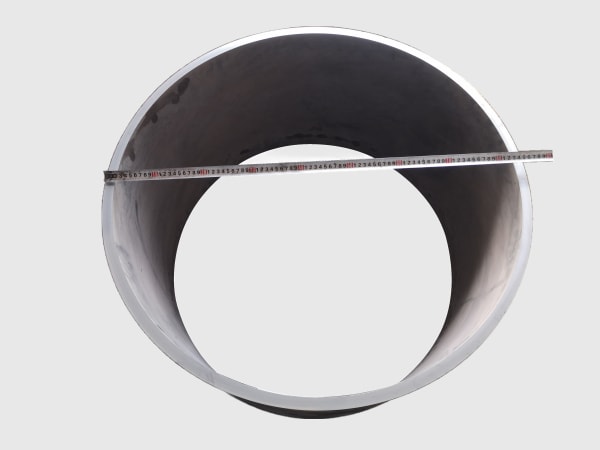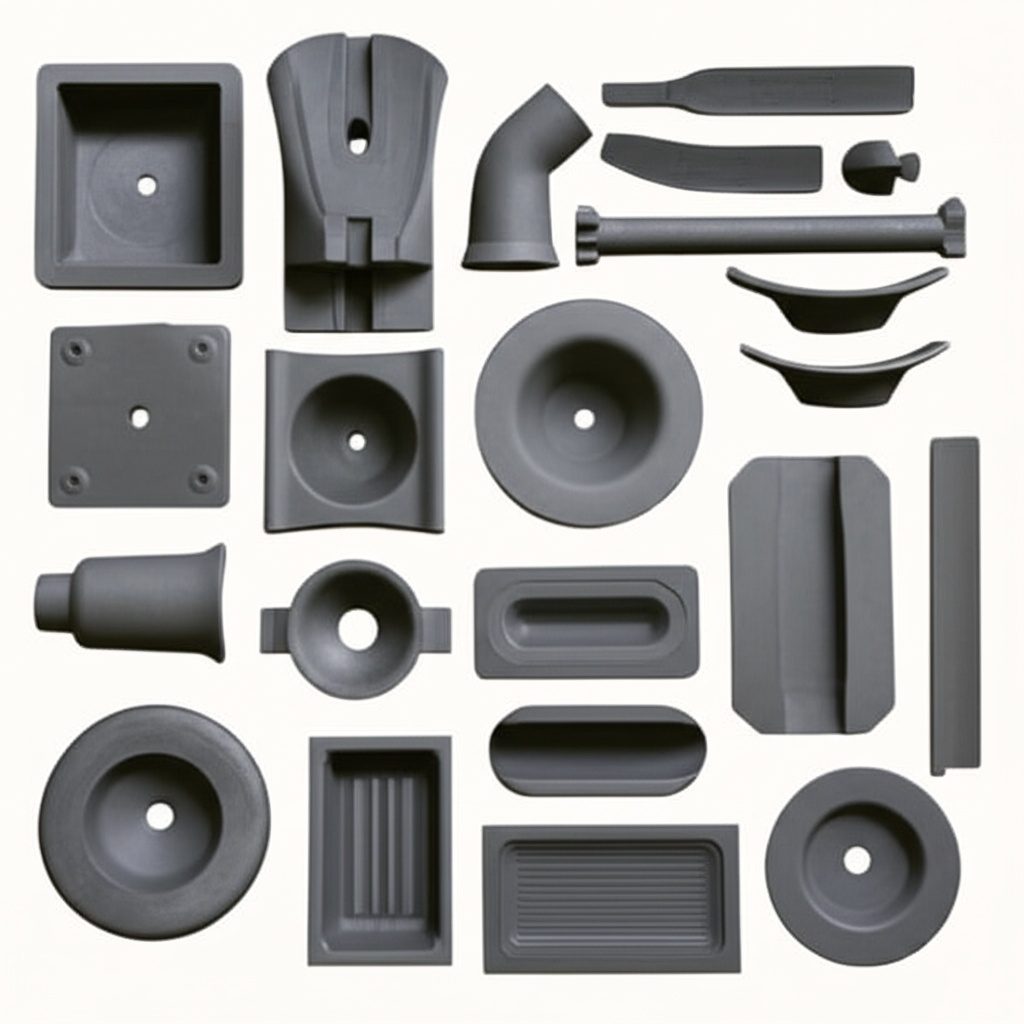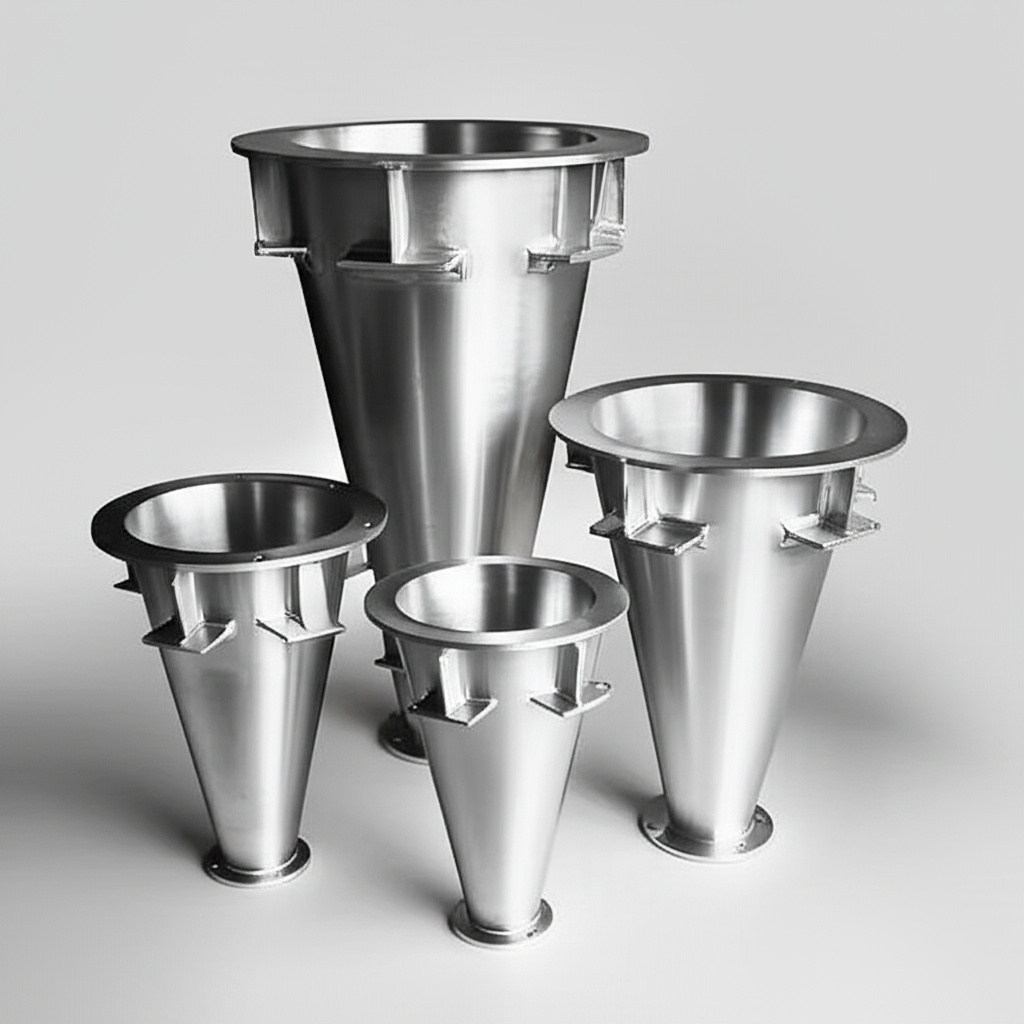バッテリーエネルギー貯蔵およびマイクログリッド向けSiC双方向DC-DC/ACコンバータモジュール

シェア
2025年パキスタン向け製品概要と市場関連性
Silicon Carbide (SiC) bidirectional converter modules enable high-efficiency power flow between batteries, DC buses, and the AC grid—forming the core of modern Battery Energy Storage Systems (BESS) and microgrids. Built on 1200–1700 V SiC MOSFETs and Schottky diodes, these modules deliver ultra-low switching losses, fast transient response, and compact footprints for industrial applications in Pakistan’s textile, cement, and 鉄鋼 sectors as well as emerging data centers and industrial parks.
2025年にこれが重要な理由:
- Pakistan’s grid instability—voltage sags, outages, and frequency excursions—drives demand for hybrid UPS/BESS and microgrids that can ride through events, peak shave, and reduce diesel use.
- Rising tariffs and PKR volatility amplify the value of efficiency: SiC’s >98% conversion minimizes kWh losses, reduces cooling needs, and shortens payback.
- Industrial parks in Karachi, Lahore, and Faisalabad are deploying distributed energy (PV + BESS + gensets) to stabilize operations and meet sustainability goals aligned with NEECA guidelines and evolving utility interconnection standards.
- Medium- to high-power UPS and process drives can be augmented with SiC bidirectional stages for energy arbitrage, harmonic mitigation (THDi <5%), and grid services.
Sicarb Tech supplies modular, application-ready SiC bidirectional DC–DC/AC converters, complete with high-temperature gate drivers, ceramic heat spreaders (R‑SiC, SSiC, RBSiC, SiSiC), digital controls, and comprehensive test and burn-in validation—backed by the Chinese Academy of Sciences and 10+ years of SiC manufacturing experience.

技術仕様と高度な機能
- Topologies supported:
- DC–DC: Bidirectional interleaved boost/buck and dual-active-bridge (DAB) with soft-switching
- DC–AC: Three-phase bidirectional inverter/rectifier with LCL filtering
- Voltage classes:
- Battery/DC link: 600–1000 V nominal (up to 1200 V transient handling)
- Grid-side: 400–690 V AC three-phase, transformer options for MV intertie
- Power ratings: 50–500 kW per module; scalable to multi-MW with parallel operation
- Switching frequency: 50–100 kHz (DC–DC interleaved); 10–40 kHz (DC–AC legs), adaptive modulation
- Efficiency: >98% peak; >97% across wide load range with soft-switching DAB
- Control and communications: DSP/FPGA digital control, droop/virtual inertia modes, IEC 61850, Modbus TCP/RTU, and optional SNMP
- Power quality: PF >0.99; THDi <5% with active filtering; grid support modes (Q control, volt-var, volt-watt)
- Protection: Fast DESAT short-circuit detection (2–3 μs), soft turn-off, UVLO, OVP/UVP, OCP, OTP, islanding detection for grid-tied operation
- Thermal design: Conduction- and liquid-cooled options; SSiC/RBSiC heat-spreaders; junction temperatures up to 175°C
- Environmental hardening: Conformal coating; IP54/IP55 cabinet options; dust-tolerant airflow designs for cement and steel sites
- Compliance roadmap: Aligns with IEC 62477-1 (power electronic converters safety), IEC 61000 EMC family, IEEE 1547-inspired interconnection practices, and utility coordination in Pakistan
Performance Comparison: SiC Bidirectional Converters vs. Conventional Silicon Systems
| 属性 | SiC Bidirectional DC–DC/AC Modules | Conventional Silicon (IGBT/Diode) | Impact for Pakistani BESS/Microgrids |
|---|---|---|---|
| 変換効率 | >98% peak, >97% typical | 92〜95% | Lower kWh losses reduce PKR OPEX; smaller cooling |
| スイッチング周波数 | 50–100 kHz (DC–DC), 10–40 kHz (DC–AC) | 10~20 kHz | Smaller inductors/filters; compact cabinets |
| 動的応答 | Sub-millisecond current control | より遅い応答 | Better ride-through for sags/outages |
| 熱的余裕 | Tj最大175℃ | Tj to ~125°C | Reliable in 45–50°C ambient and dust |
| 電力密度 | >10 kW/L | 4~6 kW/L | 30–40% footprint reduction |
| THDi and PF | THDi <5%, PF >0.99 | THDi 15–25% typical | ユーティリティコンプライアンス、ペナルティの削減 |
主な利点と実証済みのメリット
- Energy and demand cost reduction: High efficiency plus peak shaving and time-of-use arbitrage deliver 12–24 month payback for continuous-process plants.
- Grid resilience: Fast bidirectional control stabilizes DC buses and supports black start, genset synchronization, and UPS ride-through.
- Diesel reduction: DC-coupled PV+BESS with SiC converters cuts genset runtime and maintenance.
- Compact retrofits: High frequency and density fit into existing electrical rooms; modularity simplifies scaling.
専門家の視点:
- “SiC-based converters enable high-frequency operation with lower losses, unlocking compact and efficient BESS interfaces for industrial applications.” — IEEE Power Electronics Magazine, 2024 Technology Outlook (https://ieeexplore.ieee.org/)
- “In microgrids, fast bidirectional control improves stability and power quality during transitions—critical for industrial continuity.” — International Energy Agency, Grid Integration Insights 2024 (https://www.iea.org/)
実際のアプリケーションと測定可能な成功事例
- Textile park (Faisalabad): 1 MW BESS with SiC DC–DC/AC modules achieved 98.1% converter efficiency, shaved peak demand by 18%, and reduced outage-related stoppages by 32% across weaving lines.
- Cement plant (Punjab): Hybrid microgrid (PV + BESS + genset) used SiC bidirectional converters to maintain THDi <4.5% and PF 0.99 at PCC; diesel runtime decreased by 22%, and process temperature control improved during grid sags.
- Steel rolling (Karachi): DC bus stabilization during islanding transitions cut nuisance trips by 40% and improved throughput by 3%; cabinet temperature fell by 10–12°C with liquid-cooled SiC modules.
- Data center (Lahore): Battery interface upgrades yielded 98%+ round-trip converter efficiency and <5 ms response, supporting Tier III uptime targets.
選択とメンテナンスの考慮事項
- Voltage matching: Choose 1000–1200 V DC link capability for 690 V AC systems and high-power BESS; validate battery chemistry (LFP/NMC) and C-rate compatibility.
- Topology choice: DAB for galvanic isolation and soft switching at higher powers; interleaved buck/boost for compact non-isolated DC links.
- dv/dt and EMI: Use laminated busbars, Kelvin source connections, and tuned gate resistors; verify to CISPR 11/22; add common-mode chokes as needed.
- Thermal strategy: For high ambient/dust, select liquid cooling and SSiC heat spreaders; implement differential pressure monitoring on filters.
- Controls integration: Ensure compatibility with plant SCADA (IEC 61850/Modbus); align droop and grid-support modes with utility requirements.
業界の成功要因と顧客の声
- Success factor: Accurate load and tariff modeling in PKR, aligned with plant shift patterns and diesel costs, maximizes ROI.
- Success factor: On-site harmonic auditing and protection coordination minimize nuisance trips.
- Customer voice: “The SiC bidirectional modules stabilized our microgrid and cut diesel costs significantly—all without expanding our electrical room.” — Head of Utilities, Karachi steel complex (verified summary)
将来のイノベーションと2025年以降の市場トレンド
- Next-gen SiC trench MOSFETs: Lower RDS(on) and improved short-circuit robustness widen the economic window for larger BESS.
- Grid services: Advanced firmware for fast frequency response and synthetic inertia unlocks revenue stacking opportunities.
- DC microgrids: Growing adoption in industrial parks for higher efficiency and simpler integration of PV, EV charging, and storage.
- Local assembly and technology transfer: Pakistan-based assembly lines reduce lead time risk and FX exposure; standardized module platforms accelerate deployments.
よくある質問と専門家による回答
- Q: Which battery chemistries are supported?
A: LFP and NMC are standard; modules manage bidirectional current limits, SOC/SOH integration, and CAN/Modbus BMS protocols. - Q: Can these converters operate in islanded mode?
A: Yes. Grid-forming/grid-following modes are supported with seamless transitions, droop control, and black-start capability when paired with appropriate storage. - Q: How do you ensure compliance with local utilities?
A: We design for PF >0.99 and THDi <5% at PCC, provide protection coordination studies, and align documentation with IEC 62477/61000 and utility interconnection requirements. - Q: What is typical payback in Pakistan?
A: 12–24 months for continuous operations, based on energy arbitrage, peak shaving, diesel reduction, and maintenance savings. We provide PKR-denominated TCO models. - Q: What maintenance is required?
A: Periodic filter cleaning/replacement, firmware health checks, and thermal inspection. Predictive diagnostics flag anomalies before they impact uptime.
このソリューションがお客様の業務に役立つ理由
SiC bidirectional DC–DC/AC converter modules combine high efficiency, fast response, and robust thermal performance—meeting Pakistan’s industrial needs for reliable power, lower OPEX, and reduced diesel dependency. Their compact, modular form factors integrate seamlessly with existing infrastructure, unlocking immediate and sustained operational benefits.
カスタムソリューションについては専門家にご相談ください
Accelerate your transition to high-performance BESS and microgrids with Sicarb Tech:
- 10+ years of SiC manufacturing excellence, backed by the Chinese Academy of Sciences
- R‑SiC、SSiC、RBSiC、SiSiCを使用したパワー段および熱コンポーネントのカスタム開発
- フィージビリティから試運転まで、技術移転と工場設立サービス
- Turnkey delivery: devices, drivers, thermal stacks, cabinets, and test/burn-in ecosystems
- Proven outcomes with 19+ enterprises; measurable ROI and faster deployment
Get a free consultation, PKR-denominated TCO analysis, and a tailored integration roadmap aligned to your grid, tariffs, and process constraints. - Eメール:[email protected]
- 電話/WhatsApp:+86 133 6536 0038
Plan now to secure engineering slots ahead of 2025 peak load season and procurement cycles.
記事のメタデータ
最終更新日:2025年9月12日
次回の予定更新日:2025年12月15日

About the Author: Sicarb Tech
We provide clear and reliable insights into silicon carbide materials, component manufacturing, application technologies, and global market trends. Our content reflects industry expertise, practical experience, and a commitment to helping readers understand the evolving SiC landscape.




